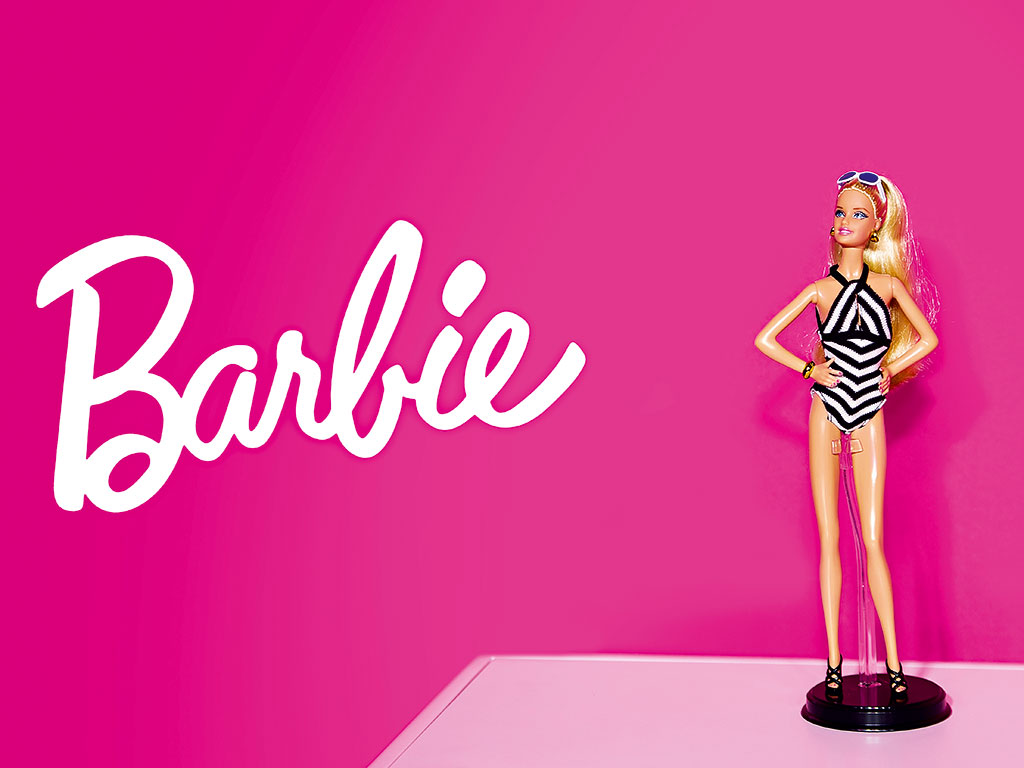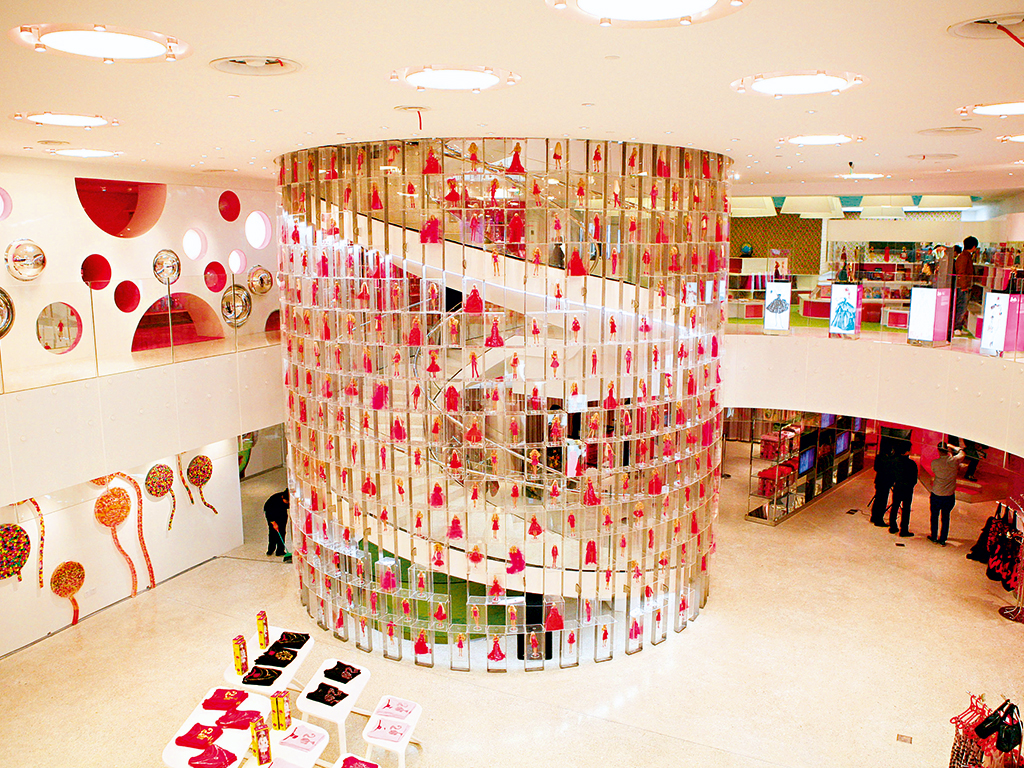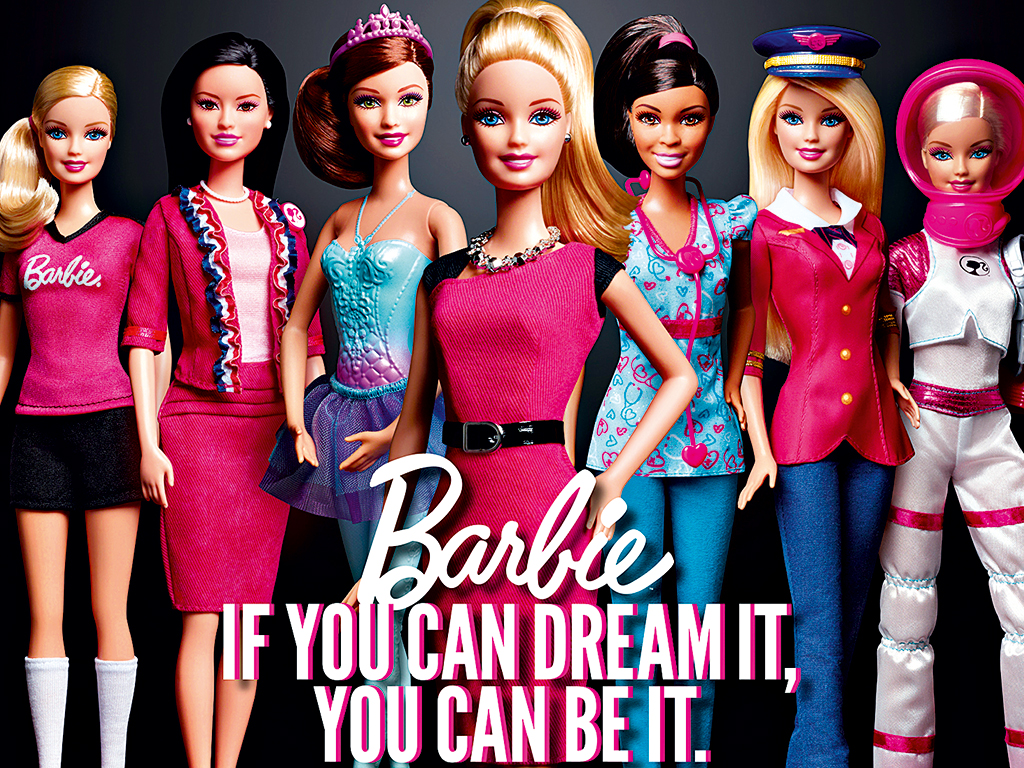Life in plastic, not so fantastic: the tale of Barbie’s decline
Barbie is weighing heavily on Mattel’s top line as the brand struggles to find a place in the modern market

Born in 1959 in the unspectacular town of Willows, Wisconsin, Barbara Millicent Roberts’ story is one of glitz, glamour and the odd trip into outer space. At only six years of age she became the first woman to set foot on the Moon, and the all-American girl has since sampled 150-plus career paths and run for president on six separate occasions. Muse to Andy Warhol and proud owner of a horse named Dancer, Barbie’s seemingly infallible smile is, at over 55 years of age, finally beginning to sour.
When it became clear in October that Barbie’s faithful parents were without the funds to foot her extravagant lifestyle, whispers began to circulate about the death of the storied brand. In that same month, company Chairman and Chief Executive Bryan Stockton admitted, “third quarter results did not meet our expectations” on hearing that doll sales had slipped 21 percent year-on-year, following a 10 percent revenue slump in each of the previous four quarters.
Not the powerhouse she was in years passed, the blue-eyed, impossibly proportioned girl then suffered her ninth consecutive quarter of falling sales on home soil. Where once the doll was a certified staple in young girls’ toy boxes across the country and beyond, competition and consumer electronics have brought a raft of fresh challenges, and it will take more than a quick costume change to turn this slide upside down.
Still, the core company brand made up $1bn (approximately 15 percent) of total sales in 2013, and, according to Mattel, continues to sell at a rate of one doll every three seconds. With a presence in over 45 different consumer products categories, Barbie’s unmistakable smile can be seen across the toy industry – though the cultural relevance of the once untouchable plastic princess has taken a turn for the worse.
For years, the brand’s influence has fallen short of its heyday, and the lipstick started to crack in September when Lego toppled Mattel as the world’s largest toymaker as measured by sales. Whereas Lego’s first-half sales had climbed from a little over $1bn in 2010 to $2.03bn in 2014, Mattel’s have stagnated throughout, with little to no sign of respite. A cursory glance at Lego’s recent successes also shows the shrewdness with which decision-makers at the company have capitalised on new media opportunities and emerging market opportunities. Contrast this with the heavy-handedness of Mattel, and the difference between the two is clear.
21%
Year-on-year slump in Barbie sales
3 seconds
Average time between Barbie doll sales
45
Product categories in which Barbie is represented
In recent years, opportunities in the traditional toy market have started to dry up, and where once the US, Europe and mature markets like them were fertile grounds for growth, leading industry names are today looking to emerging markets as the next frontier. Although growth in the global toys and games market is expected to come in essentially unchanged on the year previous, vast regional variations mean toymakers must shift their emphasis accordingly if they are to capitalise on pockets of growth.
Struggling to settle in China
In a time when children are, increasingly, turning to mobiles, tablets and consoles for their after-school fix, Lego has still managed to post double-digit growth by releasing a successful film and breaking the Chinese market. Barbie, meanwhile, is wearing the same unmoving expression she always has, and in a market best characterised by diversity, a generic plastic doll with a bulging wardrobe is far short of what’s required.
Lego has quickly found favour with Chinese consumers, whose focus on educational child’s play lends itself well to the brick maker. Speaking in the company’s 2013 annual report on the success of Lego’s foray into the Asian market, CEO Jørgen Vig Knudstorp said: “We remain ambitious and expect to continue to grow our market share. We will do so by expanding our global presence – but also through a continued focus on developing and innovating our product offering so that we remain relevant to children all over the world.”
The Barbie brand, however, is one that has failed to chime with Chinese consumers, despite continued efforts on Mattel’s part to win their affections. “Mattel’s Barbie brand has been declining in value in dolls and accessories in Asia-Pacific, a region which is typically seeing the most dynamic value growth among the leading toys and games categories and brands”, says Robert Porter, Toys and Games Analyst at Euromonitor. “This has raised concerns as to whether the iconic doll has had its day and is now in decline.”
Mattel’s “arguably poor launch strategies in the region”, according to Porter, have cost the brand dearly, leaving consumers there with a hotchpotch impression of the doll, and Barbie with some distance still to cover before catching up with her closest rivals.
Dream house demolition
On the brand’s 50th anniversary, back in 2009, Mattel opened the Shanghai-based House of Barbie: a towering, hot pink, six-floor superstore that spanned 36,000-square-feet and sat on one of the city’s most expensive streets. It was here the product’s parent company gambled $30m on the all-American doll quickly becoming a favourite among young Chinese girls. By packing the palace with the largest collection of Barbie-affiliated products known to man, the experiment threatened its fair share of financial consequences in the event of failure.
Looking to the only other store like it, in Buenos Aires, the company forecast the brand’s success in Argentina would be replicated in China. However, only two years after opening, the House of Barbie was forced to shut up shop, proving that the all-in strategy was a misstep on Mattel’s part and that successful Western names cannot so easily replicate the success they have found on home soil. Put simply, Barbie’s renown in Argentina was far greater than it was in China, and the company’s decision to launch the Shanghai superstore was taken with little knowledge of how well the brand would be received.
The lessons learned from the store’s failure have prompted brand heads at Mattel to take note of China’s Tiger parents – so called for their focus on education and extracurricular activities. With the wide-eyed fashionista having failed to curry favour among China’s emerging middle-class, the company, at the tail end of 2013, unveiled a series of dolls aimed specifically at the country’s education-minded consumers. Violin Soloist Barbie, the first in the series, is essentially unchanged from her American counterpart, save for a violin and music stand, which should serve to arrest any concerns that the impossibly proportioned doll veers in any way from Chinese traditions. And to again reiterate the company’s commitment to what is the world’s fastest-growing toy market, the recommended retail price for the doll clocks in at a modest $13, far short of the $30 asked for in the US.

Barbie’s image problem
Barbie’s problems are far from excluded to a tepid reception in China, however, and stretch back far beyond the company’s (some-would-say failed) expansion into Asia. “Others have suggested that the doll’s sometimes-sexist image is finally catching up with current day, more gender-neutral views”, notes Porter.
From the outset, creator Ruth Handler insisted the Barbie doll would forever stand fast as a symbol of female empowerment and an advocate for gender equality. “I believe that the choices Barbie represents helped the doll catch on initially, not just with daughters – who would one day make up the first major wave of women in management and the professions – but also with their mothers, who absolutely flipped over Barbie when she was introduced”, wrote Handler in her memoir. “Most of these mothers were confined to a rigidly prescribed existence epitomised by June Cleaver [the archetypal stay-at-home suburban wife from the 1950s television sitcom Leave it to Beaver]. And most were pleased with the idea that their daughters could play with – aspire with – a doll who had many more choices in life than adult women had at that time.” However, it seems this message was lost somewhere along the line, and Barbie is today brandished by critics as a physical embodiment of the broken ideal of beauty facing young women.
“Mattel addressed Barbie’s image problem at its investor day just last week”, said Jaime Katz, an equity analyst for Morningstar, in November. “Barbie is still the number one girls’ property on a global basis. Richard Dickson, the Chief Brand Officer, noted that in recent periods the Barbie brand had been less focused and less successful at reaching consumers across multiple touch points, leading to confusing messaging and brand weakness. The company is trying to lead into 2015 with a consistent brand message, displaying Barbie as a hero, making her more modern.”
The brand’s commitment to changing perceptions of so-called male-orientated careers can be traced right back to the doll’s roots, most notably with the introduction of Executive Barbie in 1963. Since then, Barbie has gone on to become a Business Executive (1992), US Air Force Thunderbird Squadron Leader (1994), CEO (1999), Computer Engineer (2010), and Presidential Candidate on three separate occasions. Nonetheless, studies show the brand’s stated objectives have been to little avail, and research conducted by Oregon State University (OSU) found girls who play with Barbie see fewer career options for themselves than their male counterparts. “Playing with Barbie has an effect on girls’ ideas about their place in the world”, said Aurora M Sherman, an Associate Professor at the School of Psychological Science at OSU. “It creates a limit on the sense of what’s possible for their future. While it’s not a massive effect, it is a measurable and statistically significant effect.”
The company’s latest punt to smash the glass ceiling came at the mid-point of 2014, with the introduction of Entrepreneur Barbie. “Barbie doll is ready to make a bold business move and strike out on her own to achieve her career dreams! Entering the entrepreneurial world, this independent professional is ready for the next big pitch”, according to Mattel’s website. Though the doll comes equipped with smartphone, tablet, briefcase and Barbie-branded spreadsheet, she is little changed from previous iterations, and the hot pink get-up, slim waist and pert breasts remain her signature characteristics.
Contrast this with the success of Mattel’s own Monster High brand, and it appears Barbie’s appeal is beginning to wear thin with consumers who are, increasingly, favouring escapism over perfection. In contrast to Barbie’s flowing blonde locks and doe-eyed smile, the Monster High brand is a Gothic take on the traditional alternative and one that celebrates difference ahead of uniformity. Introduced in 2010, the brand is sapping the life from the world’s most popular doll, and, in only its first three years on the market, sales have surpassed the $500m mark and are slowly eroding Barbie’s market share.
Likewise, Mattel’s Transformers and My Little Pony products are performing well. Bolstered by a successful film franchise and an animated series respectively, the two are posting impressive results in a time when traditional toy sales are losing ground to digital alternatives. Without the same degree of cross-channel success to call its own, the Barbie brand could struggle for a footing in a market beset with fresh ideas and rich cross-platform opportunities.

The heroine with a thousand faces
Barbie’s diminishing popularity does not simply represent the fading influence of one brand over the global toy market, but a heavy burden on Mattel’s top line. The company’s recent earnings show doll sales are falling rapidly. Without first coming to terms with vast regional differences, technological developments and tighter competition, Barbie will weigh heavy on its parent’s profit-making potential.
“Barbie still has the largest global value share of dolls and accessories and it is still one of the most recognised brands on the planet”, says Porter. “With a new Barbie film scheduled to be released at the end of [2014], it is too early to discount the brand.” Already with a wealth of related books, films, games and clothes to its name, the success of the brand depends in large part on an ability to capitalise on opportunities aside from its core competencies. The appointment of Richard Dickson to the position of Chief Brands Officer in May was an important one, but it remains to be seen whether the accomplished brand strategist can turn Barbie’s fortunes around by refocusing the business.
“With themes for each season, Mattel is trying to keep interest levels high and 2015 will be a test to see whether a focused messaging and marketing campaign can reignite demand for the storied brand, making it a telling time frame”, says Katz. “The ability to drive Barbie sales across apps, licenses and more should help the brand at least stabilise.”
The biggest challenge for Mattel is determining exactly how the ageing doll is of consequence to today’s young girls. Without a focused and consistent message that stretches the gamut of the Barbie empire, the all-American doll’s reign will surely end, and in its place come a relatively inexpensive and culturally adept counterpart. For years, those working at the company have taken pains to position Barbie as a strong, confident and aspirational figure. The years ahead will finally determine whether they have been justified in doing so.













